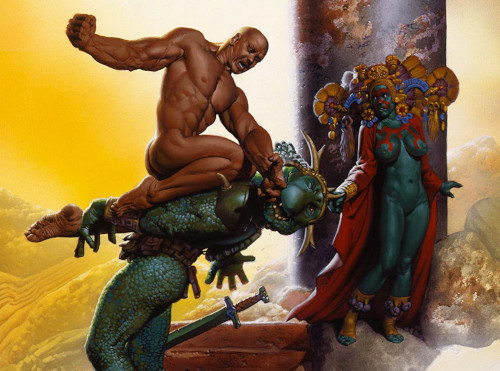
Colorist Jose Villarrubia had trouble getting work from Marvel because his style was “too artistic” — but then other creators started asking for him, and he’s colored many Marvel titles since then. He’s also done photo art for Alan Moore‘s Voice of the Fire and The Mirror of Love. This August, a new edition of Richard Corben‘s Den, with color corrections by Villarrubia, will be released by Dark Horse. What can Corben fans look forward to in this new edition? And, why do recolored comics sometimes look Gaudy? Villarrubia covers all this in a talk with Kumar.
Brought to you by:
Podcast: Play in new window | Download


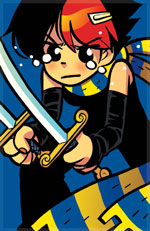 While some colorists’ work can be recognized no matter what kind of story it is,
While some colorists’ work can be recognized no matter what kind of story it is, 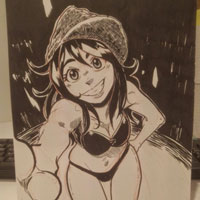 While Chris Taylor goes by the pen name “
While Chris Taylor goes by the pen name “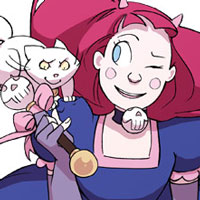
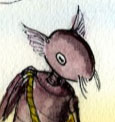 Having grown up with feet planted firmly on both sides of the Pacific,
Having grown up with feet planted firmly on both sides of the Pacific, 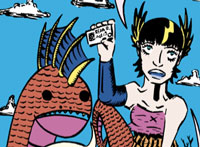
 If you’ve been feeling like mainstream comics coloring is sometimes over-rendered, hyper-realistic, and/or muddy, you’re not alone. Ron Richards has been very vocal in, er, expressing his displeasure with it on the
If you’ve been feeling like mainstream comics coloring is sometimes over-rendered, hyper-realistic, and/or muddy, you’re not alone. Ron Richards has been very vocal in, er, expressing his displeasure with it on the  FLASHBACK! Marvel & DC colorist Brian Miller joins us to talk about how colorists get work in comics, coloring techniques, and more!
FLASHBACK! Marvel & DC colorist Brian Miller joins us to talk about how colorists get work in comics, coloring techniques, and more! Marvel & DC Colorist Brian Miller joins us to talk about how colorists get work in comics, coloring techniques, and more!
Marvel & DC Colorist Brian Miller joins us to talk about how colorists get work in comics, coloring techniques, and more!